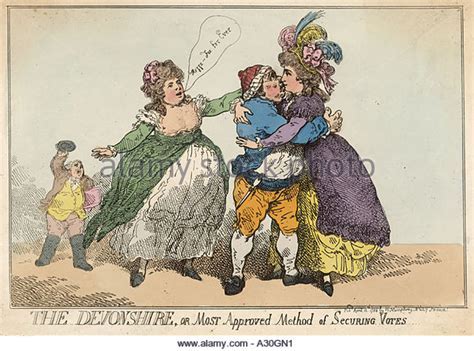Smithfield, the site of London’s ancient meat market, lies just north of the old city walls. It was an open air market for centuries. The image above shows the old open air market just before it closed down to make way for the massive Victorian structure that occupies the site today. That building, part of which is pictured below, opened in the 1860s. Smithfield is the largest meat market in the UK and one of the largest in Europe.
For centuries, cattle, sheep, poultry, swine, and horses have been brought from all across Britain to feed and transport London. The name of a nearby street, Cowcross, proclaims the final path that many a beast took to its place of execution. (Image: Cowcross)
After slaughter, their carcasses were tossed into the nearby Fleet River, or Fleet Ditch as it became known, as the river congealed into a gooey, foul-smelling mass of animal remains and human wastes, an open sewer of ill fame.
The River Fleet was covered over in the 18th and 19th centuries and now runs below ground under Farringdon Rd. and Farringdon St., exiting into the Thames at Blackfiars Bridge.
Smithfield was not only a place for animal slaughter. People were chopped up and otherwise disposed of there as well. The most famous, thanks to Mel Gibson, was William Wallace, AKA “Braveheart” who was hung, drawn, and quartered at Smithfield for having had the balls to defend his country from the rapacious Edward I. In one of its many errors, the film shows Edward dying at the same as Wallace was being executed. In fact, Edward died two years later. (Below: Memorial to Wallace across from Smithfield, on the outer wall of St, Bartholomew's [Bart's] Hospital)
In the 1550's, “Bloody Mary” Tudor had several hundred Protestants burned here for their refusal to abandon their "heresy."
In 1381, the leader of the Peasants’ Revolt, Wat Tyler, was treacherously killed here by the mayor of London while parleying over the peasant’s demands. The peasants were aroused by a new tax, a poll (head) tax, to pay for an imperialistic war against France, the so-called Hundred Years War. Although Tyler was killed and the revolt subsided, the government abolished the tax.
Six hundred years later, Margaret Thatcher, defied history and tried to introduce a poll tax in the UK. As in 1381, the people revolted again, a revolt that helped lead to her ultimate downfall.





























